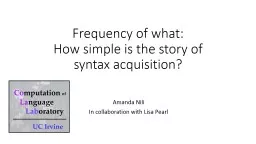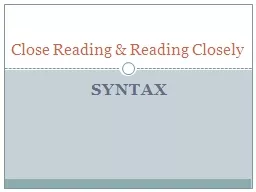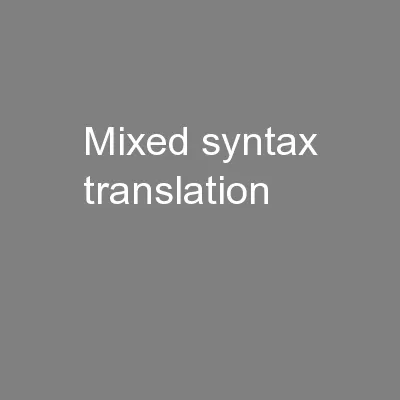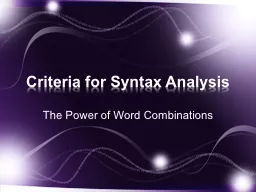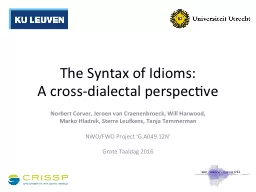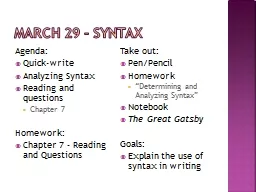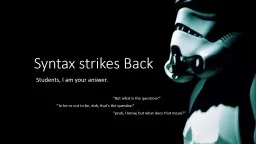PPT-Frequency of w hat: How simple is the story of syntax acquisition?
Author : onionchevrolet | Published Date : 2020-06-16
Amanda Nili In collaboration with Lisa Pearl A Preview How do we know right from wrong grammatically speaking A simple theory of language acquisition how often we
Presentation Embed Code
Download Presentation
Download Presentation The PPT/PDF document "Frequency of w hat: How simple is the ..." is the property of its rightful owner. Permission is granted to download and print the materials on this website for personal, non-commercial use only, and to display it on your personal computer provided you do not modify the materials and that you retain all copyright notices contained in the materials. By downloading content from our website, you accept the terms of this agreement.
Frequency of w hat: How simple is the story of syntax acquisition?: Transcript
Download Rules Of Document
"Frequency of w hat: How simple is the story of syntax acquisition?"The content belongs to its owner. You may download and print it for personal use, without modification, and keep all copyright notices. By downloading, you agree to these terms.
Related Documents

